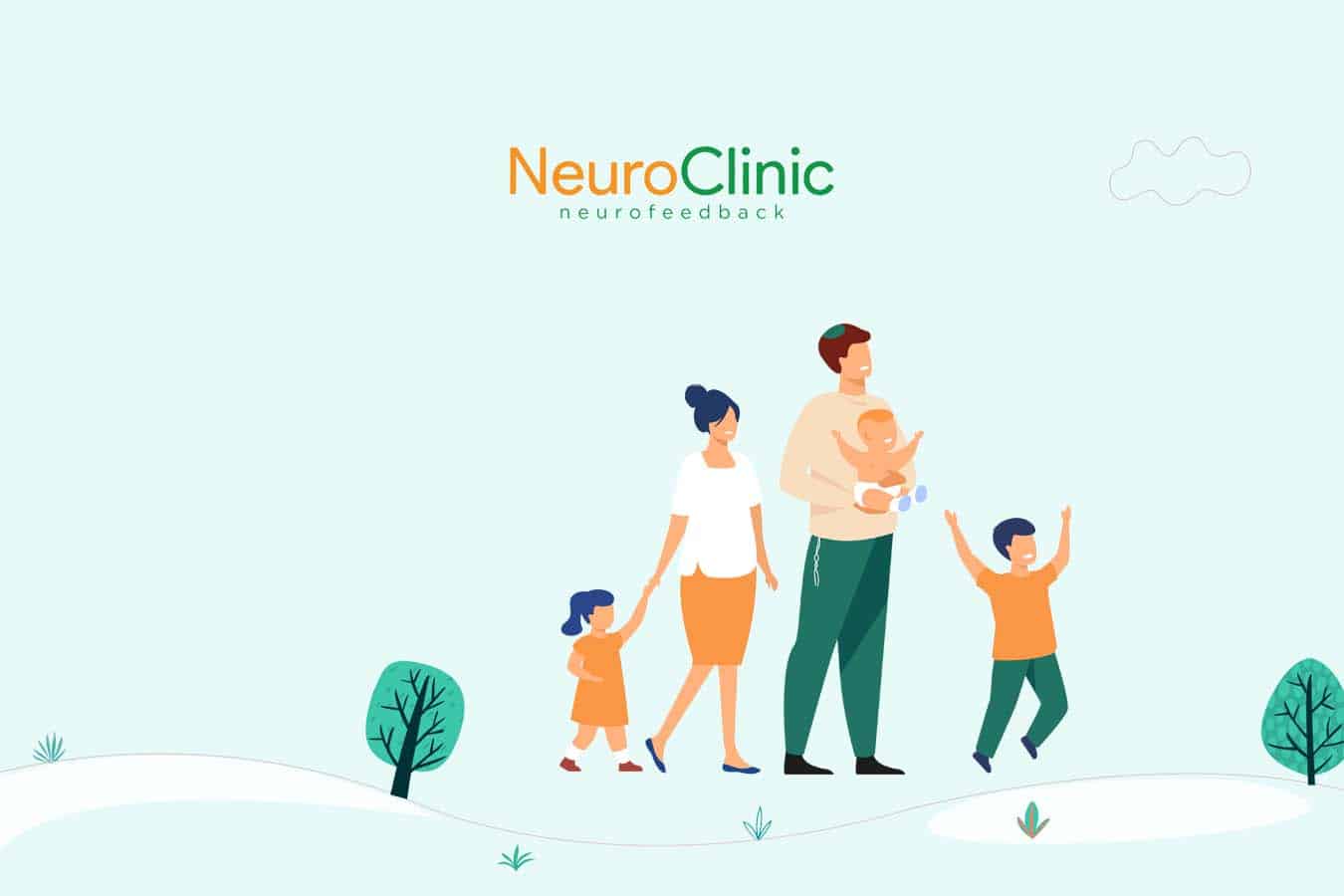For women struggling with lack of focus, distractibility, anxiety, and overall brain function, there’s a solution you may have never heard of. Meet NeuroClinic Jerusalem.
Do any of these scenarios feel familiar?
- A young mother, struggling to watch her children, keep her family fed, and apartment clean. She wants to get it all done, but she just can’t seem to get it together. Her brain is just so foggy!
- A working woman, putting in long hours in the office and long hours at home. Her anxiety started to act up: how’s she going to meet the next deadline? How’s she going to get Shabbos cooked?
- Another mom, who just wants to be able to give her family the gift of her presence, but her ADHD makes it difficult. Every time she sits down to play a game or eat a meal though, her mind is always elsewhere and she’s halfway out of her seat.
At NeuroClinic (based in Jerusalem, with clients from all around the world), these are the women they see every day. And these are the women whose lives are being changed by NeuroClinic, using neurofeedback therapy.
‘So what is neurofeedback therapy?’ I asked Gitty, director of NeuroClinic. Here’s what she explained. ‘Neurofeedback therapy is essentially a brain-training program, where you use positive feedback to effect change in your brain function. With neurofeedback therapy, we’re helping both women who’ve been diagnosed with ADHD or depression, and women who have no diagnosis, and just want to improve their lives. Basically, if you’re struggling with focus, productivity, anxiety, or overall brain function, you can actually train your brain to focus better, be more productive, and be calmer.’ Sounds complicated? It’s really not.
- Sensors are placed on your head, picking up information on your brain’s activity at specific locations.
- Sit back! You’re going to watch something now, either Jewish content, informational content, really whatever you want.
- Feedback. This is an important one! When your brain produces favorable brain waves, the screen will be bright and easy to watch. When your brain exhibits the less favorable patterns, the monitor dims, making it difficult to watch.
- Train! This brightening and dimming gives your brain instant feedback, and you instinctively begin to produce more of the helpful brain patterns and less of the patterns you’re hoping to minimize. With practice, your brain creates and strengthens neural pathways for success.
- Last, practice. Strengthening the pathways takes some time, but it works.
Let’s hear from a thrilled client, Sarah. ‘At 25 years old, I had slight anxiety that got worse whenever there were terror attacks. It began to affect my ability to parent. I also was very unfocused. I couldn’t take the kids to the park, couldn’t make normal food, and couldn’t keep the house together, it was all too overwhelming. I started neurofeedback therapy, and within two months there was already a huge improvement in my anxiety. And once I was less anxious, I had the headspace to deal with everything else in my life! Slowly, slowly, I wasn’t drowning anymore. When there was an attack and it didn’t set me off at all, I realized I had come full circle.’
Neurofeedback therapy is completed at your own pace, with monthly reevaluations with a social worker to assess your progress and chart your path forward.
Do you want to hear more? First, visit NeuroClinic at neuroclinicjrslm.com. Then, reach out to them on WhatsApp here, or book a free no-commitment consultation to ask your individualized questions and see if neurofeedback therapy may be the solution you’ve been looking for.





Leave a Reply